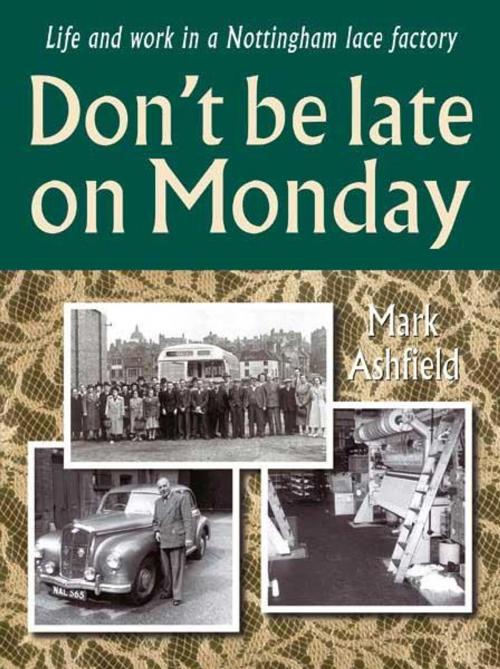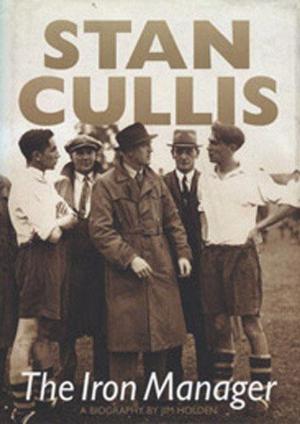| Author: | Mark Ashfield | ISBN: | 9781908234858 |
| Publisher: | DB Publishing | Publication: | May 11, 2011 |
| Imprint: | Language: | English |
| Author: | Mark Ashfield |
| ISBN: | 9781908234858 |
| Publisher: | DB Publishing |
| Publication: | May 11, 2011 |
| Imprint: | |
| Language: | English |
Lace-making was a hugely important industry in Nottingham during the 20th century, employing thousands of local people in hundreds of factories across the city. In Dont Be Late On Monday Mark Ashfield tells the story of the people who worked at just one of these factories, drawing on his long career in lace-making that lasted from 1936 until 1984, with a break of just four and a half years during World War Two. With humour, affection, and an eye for the details that characterised life in Nottingham in years gone by, the author recalls day-to-day episodes from the factory to give an accurate picture of a vanished way of life. He tells of company excursions by train to the seaside, which were a highlight of the year for the hard-working employees, and remembers such moments as the day the boss lost the keys to the safe and had to call a locksmith to break into it so that he could pay the wages, and the day the pigeon-catchers came to fill sacks with roosting birds from the rafters of the building, to stop them damaging the slates. But most of all the book is a tribute to the remarkable people, from the office boy to the company owner, who laboured in the lace trade and added to the reputation of the once-great industry. This delightful book is a fascinating memoir of an industry that was once at the heart of life in Nottingham. Mark Ashfields lively and engaging account is sure to appeal to anyone with an interest in the history of the city, its industry and its people.
Lace-making was a hugely important industry in Nottingham during the 20th century, employing thousands of local people in hundreds of factories across the city. In Dont Be Late On Monday Mark Ashfield tells the story of the people who worked at just one of these factories, drawing on his long career in lace-making that lasted from 1936 until 1984, with a break of just four and a half years during World War Two. With humour, affection, and an eye for the details that characterised life in Nottingham in years gone by, the author recalls day-to-day episodes from the factory to give an accurate picture of a vanished way of life. He tells of company excursions by train to the seaside, which were a highlight of the year for the hard-working employees, and remembers such moments as the day the boss lost the keys to the safe and had to call a locksmith to break into it so that he could pay the wages, and the day the pigeon-catchers came to fill sacks with roosting birds from the rafters of the building, to stop them damaging the slates. But most of all the book is a tribute to the remarkable people, from the office boy to the company owner, who laboured in the lace trade and added to the reputation of the once-great industry. This delightful book is a fascinating memoir of an industry that was once at the heart of life in Nottingham. Mark Ashfields lively and engaging account is sure to appeal to anyone with an interest in the history of the city, its industry and its people.















